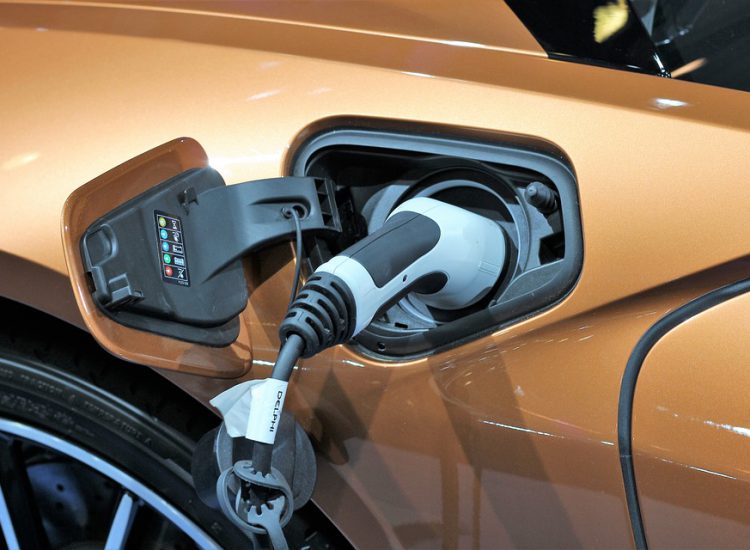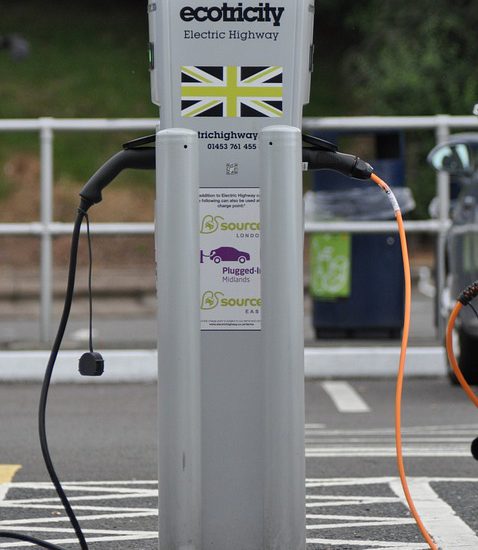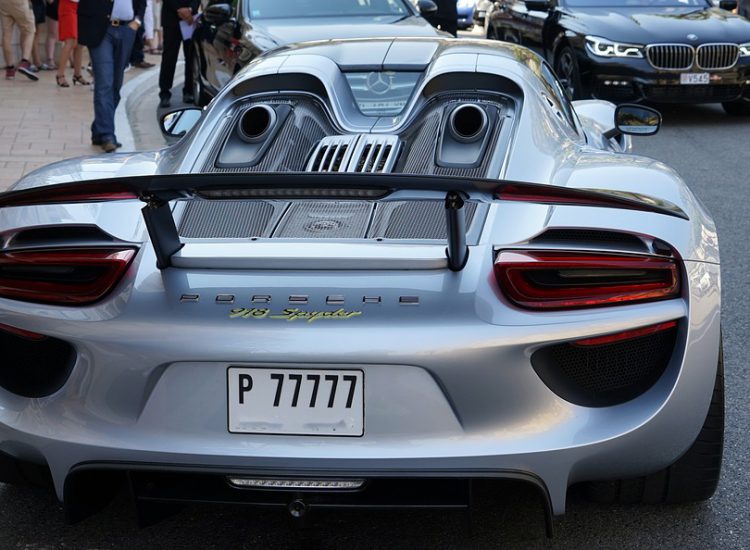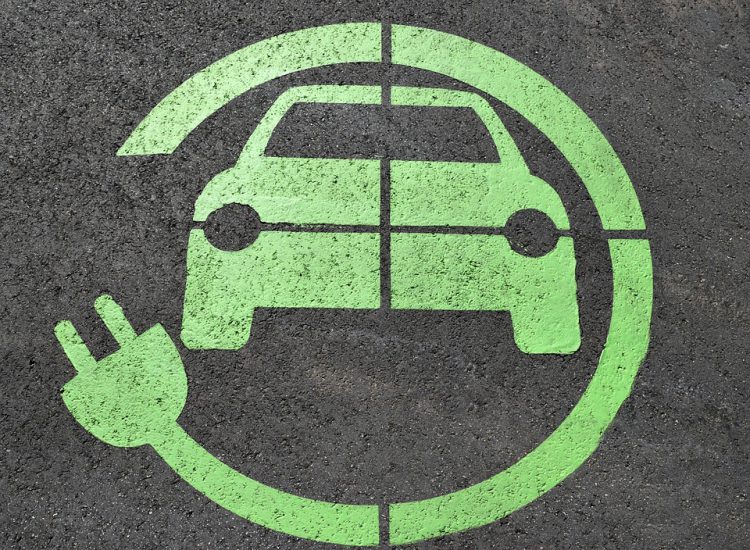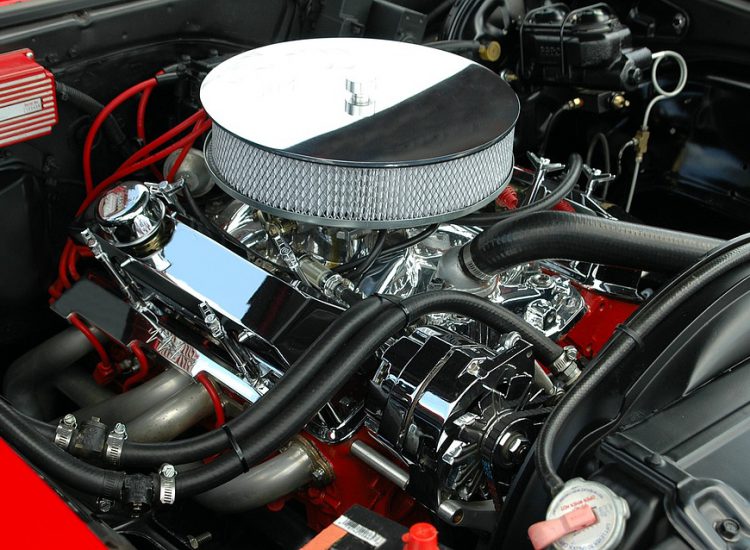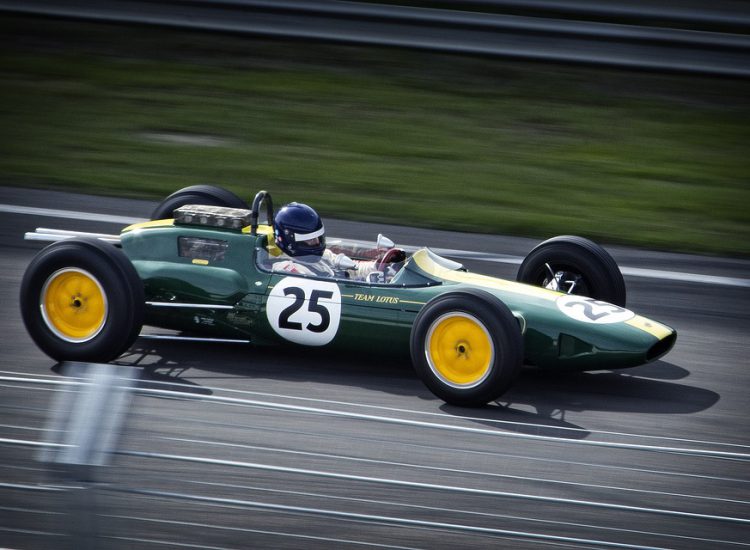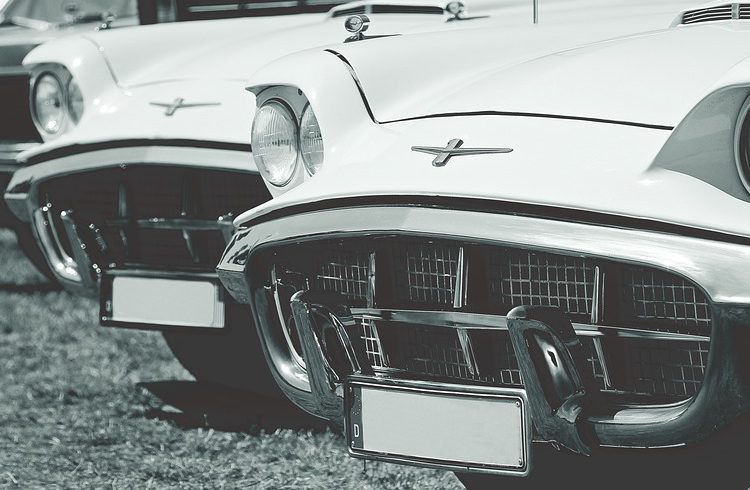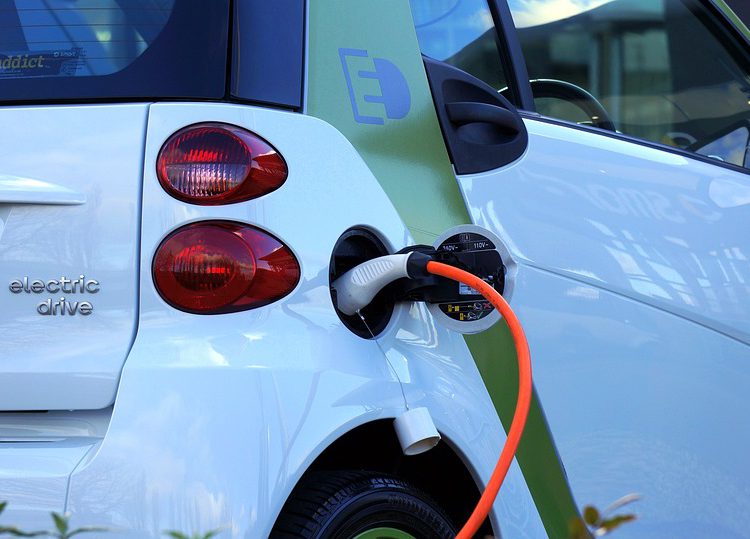The first hybrid gas-electric vehicle was introduced not in 1983, but in 1917. The Woods Dual Power was built by the Woods Motor Vehicle Company of Chicago. Because a gas engine was tougher, but delivered more power and electric cars were smoother, but had limited range, Woods Motor Vehicle Company wanted to create a vehicle that gave you the best of both worlds.
The best part is that it was a full hybrid (listen to GM) with regenerative braking. The engine was a parallel hybrid incorporating a 12-horsepower four-cylinder petrol engine as auxiliary drivetrain in addition to the electric powertrain. The electric motor can propel the car at speeds of up to 20 miles per hour. Together with the gas engine, the wood power twin can reach 35 mph.
The gas engine and the electric motor were connected using a magnetic clutch. The gas engine became magnetized when activated (by means of a driver-controlled lever). The brass disc was pulled against the flywheel connecting the electric motor to the gas engine.
The electric motor can only be used while traveling in reverse. Why? Because the engine has no clutch and therefore the gas engine has no gears!
The car battery designed for this car was about half the size of the batteries in other electric cars at the time. Once the vehicle reaches 20 mph, the gas engine can be engaged, allowing the electric motor and gas engine to work together. The battery can be recharged or discharged by another winch. Recharging was done by the gas engine (at speeds over 6 mph) or by braking on flat ground or when going down hills. The conventional brake pedal was only used at speeds below 6 mph.
Available for only $2,650 (remember, this was 1917). The wire wheels were a luxury, costing an extra $25. Or you can “pimp” your car for another $100 (paint and trim).
Ultimately, the first hybrid was a commercial failure. It was only built in 1917 and 1918. It was too expensive, too slow, and too difficult to service to be a commercial success.
